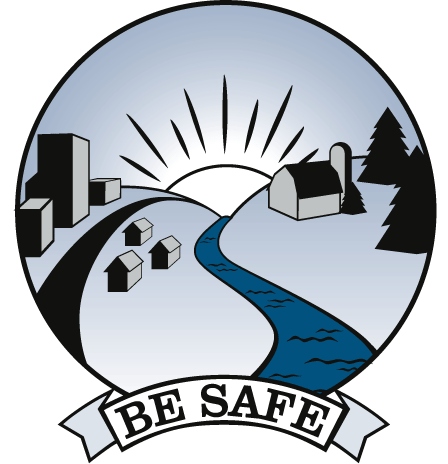![]()
![]()
![]()
Right-To-Know
Laws
A
Powerful Tool for Preventing
Harm

We have the right to know about chemicals we may be exposed to in our daily lives so we can make informed decisions to prevent toxic exposures. Right-To-Know laws help make government responsive, hold corporations accountable, and empower communities to protect their health and environment.
- Community Right-To-Know�The Emergency Planning and Community Right-to-Know Act of 1986 (EPCRA) requires facilities that use hazardous materials to send and/or make reports available to State Emergency Response Commissions, Local Emergency Planning Committees, and local fire departments. The �Fisherman�s Right-To-Know� law requires companies and sewer systems to post signs where pipes discharge pollution into rivers and streams. And drinking water, lead, and asbestos disclosure and Right-To-Know laws inform people about potential hazards in their home environment.
- Worker Right-To-Know�Material Safety Data Sheets (MSDSs) are chemical use and safety reports companies are required to make available to their workers that tell about the hazards of chemicals used on the job. MSDSs can also spur safety changes. In a government survey, one third of employers said they had replaced hazardous chemicals with less hazardous ones because of information received on MSDSs.
- Public Access to Toxic Release Information�The Toxics Release Inventory (TRI) came on-line as the first federally mandated environmental database available to the public in 1989. Within the first eight years of reporting, industries reduced chemical releases under TRI by 44 percent, or 1.6 billion pounds�mainly because citizens armed with toxic release information in their communities worked with local industries to prevent pollution through toxics reduction and spill prevention plans. TRI is now widely recognized as a valuable source of environmental information for the public, workers, legislators, the press, regulators, investors, and industry.
- Public Access to Compliance Information�The Environmental Protection Agency (EPA) created Enforcement and Compliance History On-line (ECHO) to provide a readily accessible on-line public inventory of companies� compliance with environmental laws. For the first time, people can find historical compliance profiles with respect to clean air, clean water and hazardous waste laws for some 800,000 facilities. This information was formerly generally available only via slow-moving �freedom of information� requests. Now company inspection, violation, enforcement, and penalty information is readily available on the Internet.
Right-To-Know laws are a powerful tool for preventing harm that we must continue to sharpen by working towards global reporting of all toxic chemicals in our environment and taking the guesswork out of what their adverse health effects are. Armed with information, people can then take action to address critical toxic pollution problems in their communities. Knowledge is power, and can be used to put pressure on businesses and government to act in the public interest.
BE SAFE: Take Precautionary Action. We Have a Right-To-Know About Pollution & Health